detail profile nina simone

Nina Simone
Eunice Waymon
atau dikenal sebagai
Riwayat Hidup
Nina Simone (February 21, 1933 – April 21, 2003) was an American singer, songwriter, pianist, arranger, and civil rights activist who worked in a broad range of musical styles including classical, jazz, blues, folk, R&B, gospel, and pop.
Wikipedia
Info Pribadi
Peran Yang Di Mainkan Nina Simone
 Jazz and decolonization are intertwined in...
Jazz and decolonization are intertwined in...Soundtrack to a Coup d'Etat 2024
Jazz and decolonization are intertwined in a powerful narrative that recounts one of the tensest episodes of the Cold War. In 1960, the UN became the stage for a political earthquake as the struggle for independence in the Congo put the world on high alert. The newly independent nation faced its first coup d'état, orchestrated by Western forces and Belgium, which were reluctant to relinquish control over their resource-rich former colony. The US tried to divert attention by sending jazz ambassador Louis Armstrong to the African continent. In 1961, Congolese leader Patrice Lumumba was brutally assassinated, silencing a key voice in the fight against colonialism; his death was facilitated by Belgian and CIA operatives. Musicians Abbey Lincoln and Max Roach took action, denouncing imperialism and structural racism. Soviet Premier Nikita Khrushchev intensified his criticism of the US, highlighting the racial barriers that characterized American society.
 My Way is more than a...
My Way is more than a...My Way 2024
My Way is more than a song, it's a major score that has crossed the boundaries of eras and generations. An anthem that has become a part of ourselves and of music history. My Way is one of the most covered songs in the world, from Sid Vicious to Tom Jones, from Nina Simone to Pavarotti. Yet many people are unaware that it was conceived in France, by the pool of Claude François' private hotel, in the summer of 1967, and that a succession of chance encounters and sleepless nights guided it across the Atlantic to the man who was to make it a legend. Like a biopic, this documentary recounts the birth of a myth and how a song entered the pantheon of pop culture.
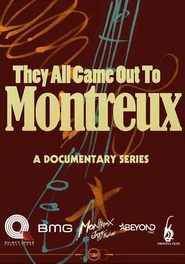 Utilizing a wealth of archival footage...
Utilizing a wealth of archival footage...They All Came Out to Montreux 2023
Utilizing a wealth of archival footage featuring Prince, Aretha Franklin, Miles Davis and more, They All Came Out to Montreux is an affectionate story about how Claude Nobs turned his Swiss town into the home for one of the world’s biggest jazz festivals.
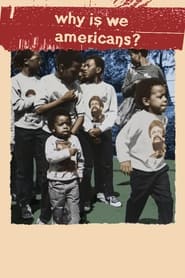 The story focuses on Newarks Baraka...
The story focuses on Newarks Baraka...Why Is We Americans? 2022
The story focuses on Newark's Baraka family and its involvement in social activism, poetry, music, art and politics.
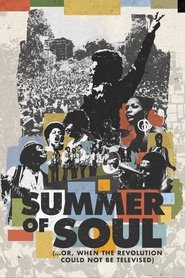 During the same summer as Woodstock...
During the same summer as Woodstock...Summer of Soul (...Or, When the Revolution Could Not Be Televised) 2021
During the same summer as Woodstock, over 300,000 people attended the Harlem Cultural Festival, celebrating African American music and culture, and promoting Black pride and unity. The footage from the festival sat in a basement, unseen for over 50 years, keeping this incredible event in America's history lost — until now.
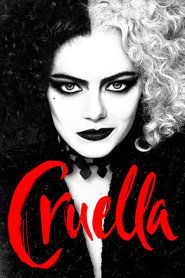 In 1970s London amidst the punk...
In 1970s London amidst the punk...Cruella 2021
In 1970s London amidst the punk rock revolution, a young grifter named Estella is determined to make a name for herself with her designs. She befriends a pair of young thieves who appreciate her appetite for mischief, and together they are able to build a life for themselves on the London streets. One day, Estella’s flair for fashion catches the eye of the Baroness von Hellman, a fashion legend who is devastatingly chic and terrifyingly haute. But their relationship sets in motion a course of events and revelations that will cause Estella to embrace her wicked side and become the raucous, fashionable and revenge-bent Cruella.
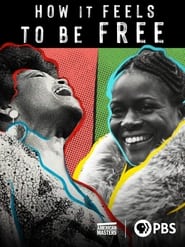 Tells the inspiring story of how...
Tells the inspiring story of how...How It Feels to Be Free 2021
Tells the inspiring story of how six iconic African American female entertainers – Lena Horne, Abbey Lincoln, Nina Simone, Diahann Carroll, Cicely Tyson and Pam Grier – challenged an entertainment industry deeply complicit in perpetuating racist stereotypes, and transformed themselves and their audiences in the process.
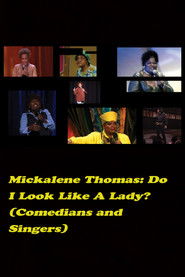 Do I Look Like a Lady...
Do I Look Like a Lady...Do I Look Like a Lady? (Comedians and Singers) 2016
Do I Look Like a Lady? (Comedians and Singers) presents a dynamic checkerboard of moving image footage featuring African-American actors and singers from across the 20th century: from Jackie “Moms” Mabley to Eartha Kitt, Whoopi Goldberg, Whitney Houston, and several others. The video focuses on their individual voices as they express heartbreaking roles, pointed lyrics, sharp jokes, and strong statements of resistance to the dominant culture. The work is a powerful, and often riotous, reflection on the roles of black women in the United States.
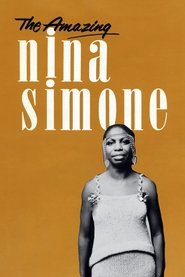 The life legacy and musical accomplishments...
The life legacy and musical accomplishments...The Amazing Nina Simone 2015
The life, legacy and musical accomplishments of singer, musician, pianist, songwriter and Civil Rights activist, Nina Simone through interviews with over 50 of the subject’s friends, family, band members, lovers and fellow activists. The film has been called the best of the three Nina Simone films by The New Yorker Magazine.
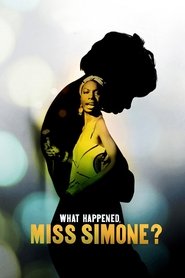 The film chronicles Nina Simones journey...
The film chronicles Nina Simones journey...What Happened, Miss Simone? 2015
The film chronicles Nina Simone's journey from child piano prodigy to iconic musician and passionate activist, told in her own words.
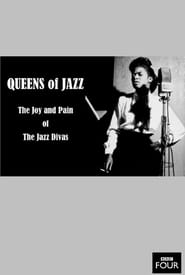 The documentary tracks the divas difficult...
The documentary tracks the divas difficult...Queens of Jazz: The Joy and Pain of the Jazz Divas 2013
The documentary tracks the diva's difficult progress as she emerges from the tough, testosterone-fuelled world of the big bands of the 30s and 40s, to fill nightclubs and saloons across the US in the 50s and early 60s as a force in her own right. Looking at the lives and careers of six individual singers (Billie Holiday, Ella Fitzgerald, Peggy Lee, Sarah Vaughan, Nina Simone and Annie Ross), the film not only talks to those who knew and worked with these queens of jazz, but also to contemporary singers who sit on the shoulders of these trailblazing talents without having to endure the pain and hardship it took for them to make their highly individual voices heard above the prejudice of mid-century America.
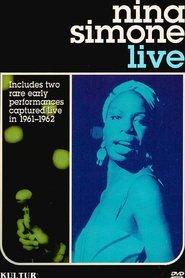 Nina Simone has always been hard...
Nina Simone has always been hard...Nina Simone - I Loves You Porgy (Live 1961-62) 2010
Nina Simone has always been hard to classify. The “High Priestess of Soul” was trained as a classical pianist, but branched out early into pop, gospel, jazz and blues, playing and singing everyone’s compositions and writing many of her own. At 28 years old, she had already been seen in many clubs and had recorded several LPs when in 1961-62 she agreed to be filmed, without an audience, in a New York City studio. With a justified reputation as one of the greatest jazz singers of all time, Nina Simone has lit up the music world with some superlative performances over the years. This footage is culled from shows in 1961 and 1962, and sees Simone tackling a number of songs alone at the piano. Among them are I Loves You Porgy, For All We Know, Sunday In Savannah, and many others.
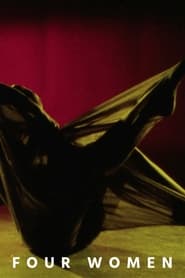 An imaginatively choreographed dance interpretation of...
An imaginatively choreographed dance interpretation of...Four Women 1975
An imaginatively choreographed dance interpretation of the ballad by Nina Simone explores four common stereotypes of Black women.
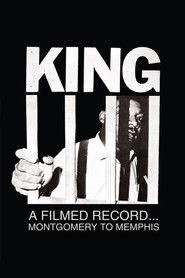 Constructed from a wealth of archival...
Constructed from a wealth of archival...King: A Filmed Record... Montgomery to Memphis 1970
Constructed from a wealth of archival footage, the documentary follows Dr. Martin Luther King, Jr. from 1955 to 1968, in his rise from regional activist to world-renowned leader of the Civil Rights movement. Rare footage of King's speeches, protests, and arrests are interspersed with scenes of other high-profile supporters and opponents of the cause, punctuated by heartfelt testimonials by some of Hollywood's biggest stars.
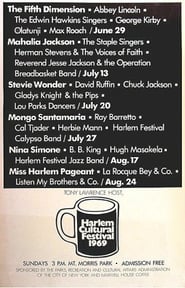 The Harlem Cultural Festival also known...
The Harlem Cultural Festival also known...Black Woodstock 1969
The Harlem Cultural Festival, also known as "Black Woodstock", was a series of music concerts held in Harlem, Manhattan, New York City during the summer of 1969 to celebrate African American music and culture and to promote the continued politics of black pride. The concerts took place in Harlem's Mount Morris Park on Sundays at 3PM from June 29, 1969 to August 24, 1969. The manifestation came soon after the Watts Riots, and the assassinations of Malcolm X and Martin Luther King.
 Festival panafricain dAlger is a documentary...
Festival panafricain dAlger is a documentary...The Panafrican Festival in Algiers 1969
Festival panafricain d'Alger is a documentary by William Klein of the music and dance festival held 40 years ago in the streets and in venues all across Algiers. Klein follows the preparations, the rehearsals, the concerts… He blends images of interviews made to writers and advocates of the freedom movements with stock images, thus allowing him to touch on such matters as colonialism, neocolonialism, colonial exploitation, the struggles and battles of the revolutionary movements for Independence.
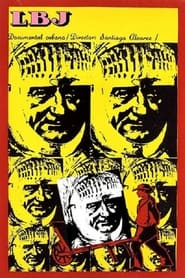 This is a montage of different...
This is a montage of different...LBJ 1968
This is a montage of different images from the JFK, Martin Luther King and Bobby Kennedy triumphs and assassinations, all three events being observed by Lyndon Johnson as the dark figure who is plotting the anti-black rights movement.
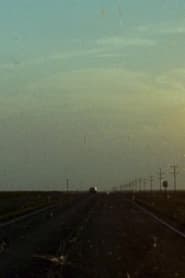 After the sudden break up of...
After the sudden break up of...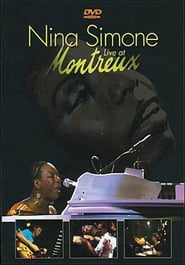 On July 10 1987 Nina Simone performed at...
On July 10 1987 Nina Simone performed at... Nina Simone was one of the...
Nina Simone was one of the...